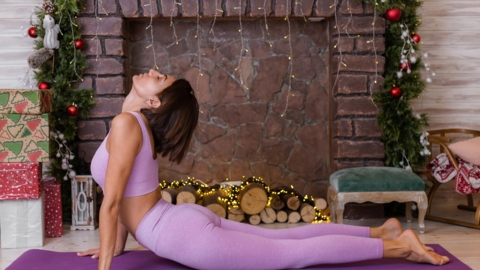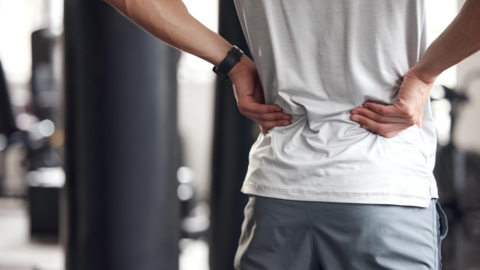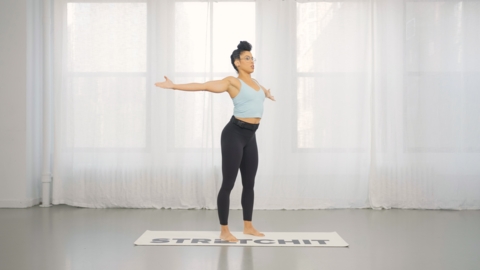Hip Mobility vs Strength: A Balanced Approach for Everyday Movement
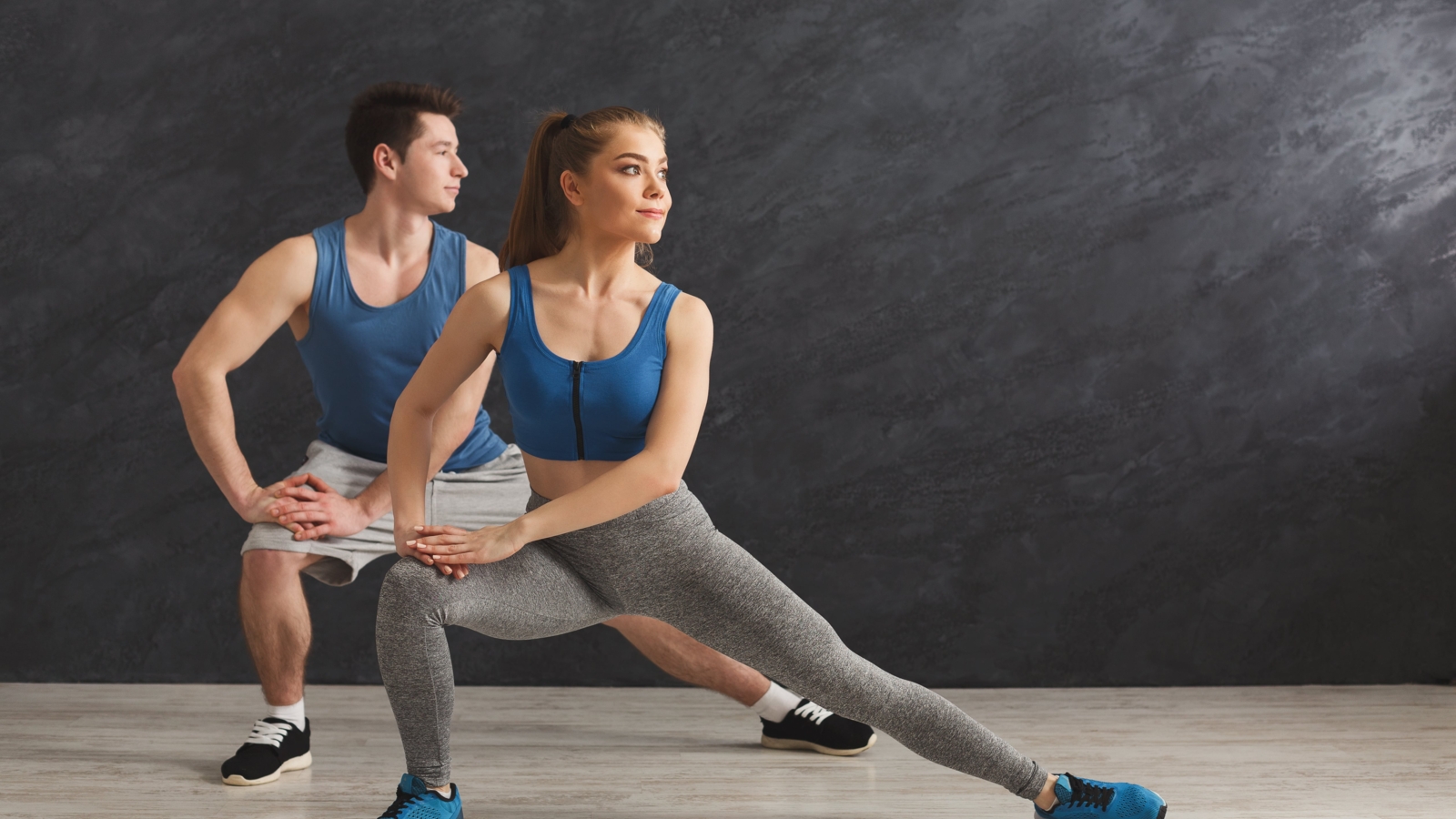
Your hips are one of the most important areas of your body for movement and stability. They carry you when you walk, sit, climb stairs, and stretch. But too much sitting, muscle imbalances, or one-sided training can make hips feel tight or unstable. That’s why your hips need more than just flexibility — they need strength too. When mobility and strength work together, you move more freely and protect your lower back and knees from extra stress.
Why Hip Mobility Matters
Your hips are one of the largest joints in the body and play a central role in how you move. They connect your upper and lower body, acting as the foundation for walking, standing, bending, and sitting. When hip mobility is limited, you’ll often feel the effects elsewhere — especially in the lower back and knees.
Tight hips can develop from hours of sitting at a desk, repetitive movements like running or cycling, or simply not moving through your full range of motion every day. Over time, this stiffness can:
-
Restrict everyday movement — making it harder to squat, lunge, or even sit comfortably.
-
Affect posture — tight hip flexors can pull your pelvis forward, straining your lower back.
-
Limit athletic performance — reducing stride length, jump height, and power.
-
Increase risk of discomfort or injury — when your hips don’t move freely, surrounding joints like the spine and knees take on more load.
Improving hip mobility doesn’t just mean being able to stretch deeper — it means creating space and freedom in the joint so your body can move more efficiently. Whether you’re picking up groceries, sitting cross-legged, or flowing through a yoga class, mobile hips make movement feel easier and more natural.
Why Hip Strength Matters
Strength gives the joint stability. Strong glutes, hip flexors, and core muscles hold the hips in place and control their motion. Without strength, even flexible hips can feel weak and unstable.
The key is balance: mobility allows freedom of movement, and strength makes that movement safe and sustainable.
Gentle Movements for Hip Mobility
1. Low Lunge (Hip Flexor Stretch)
-
Step one leg forward into a lunge, keeping the front knee stacked over the ankle.
-
Place the back knee on the ground (use a cushion if needed).
-
Press your hips forward until you feel a stretch in the front of the hip.
-
Hold for 20–30 seconds, then switch sides.
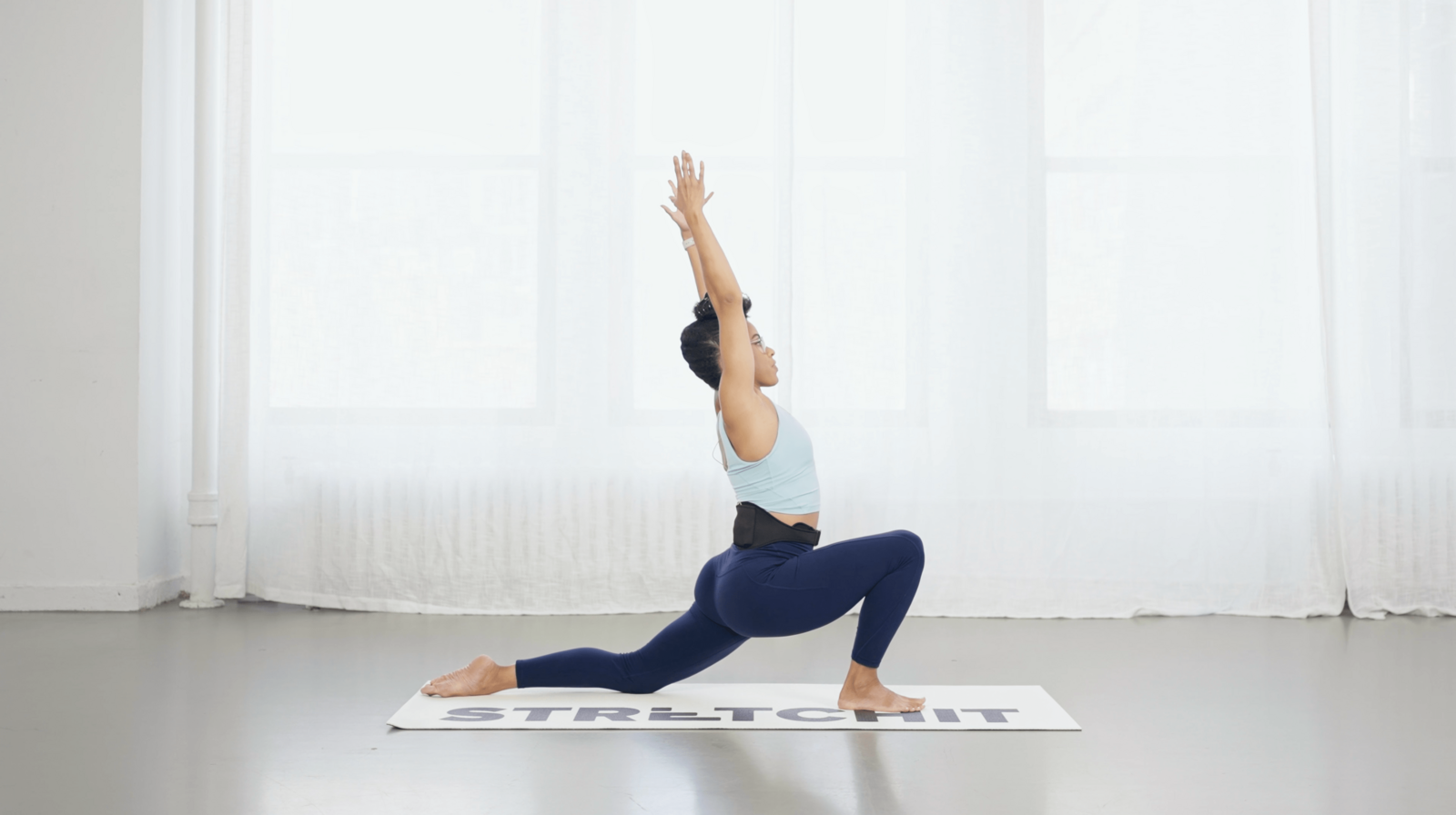
2. Seated Butterfly Stretch
-
Sit on the floor with the soles of your feet together.
-
Let your knees fall out to the sides.
-
Keep your spine long and chest lifted.
-
Gently press your knees toward the ground for a deeper stretch.
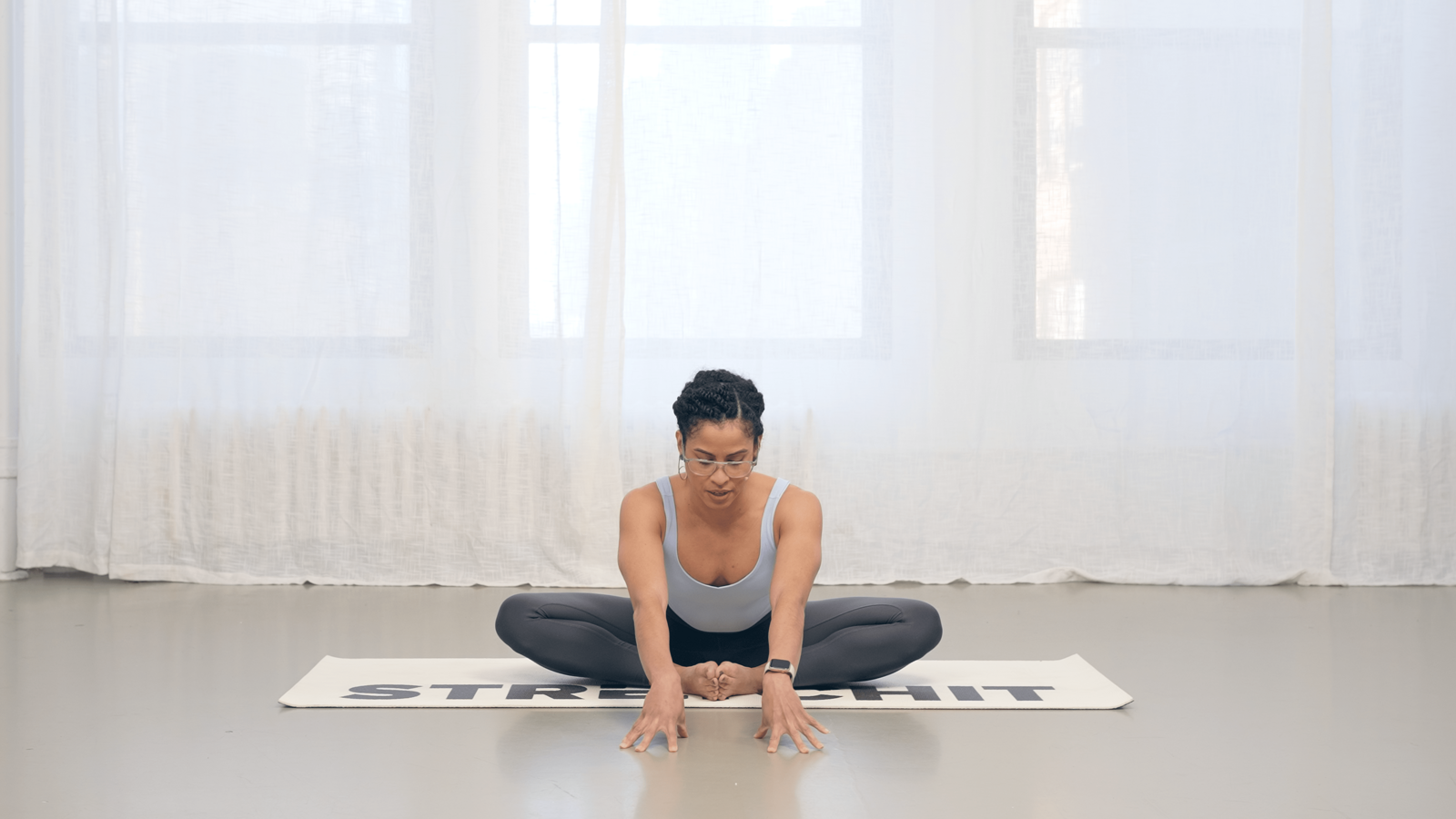
3. Figure 4 Stretch (Supine)
-
Lie on your back, bend both knees, and place one ankle over the opposite thigh.
-
Thread your hands behind the bottom leg and gently pull it toward your chest.
-
Feel the stretch in the outer hip and glute.
-
Hold for 20–30 seconds, then switch sides.
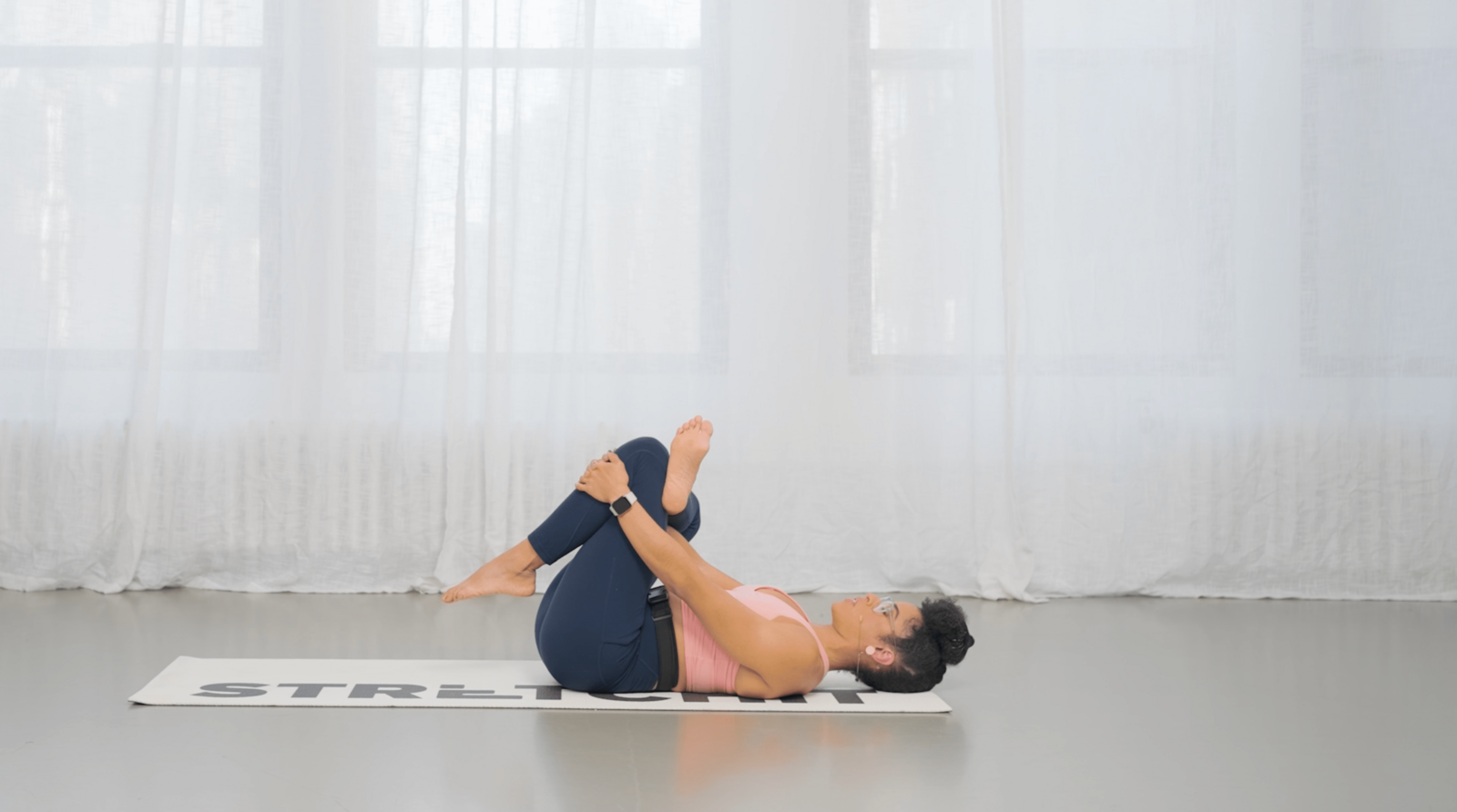
Strengthening Moves for Hip Stability
Flexibility alone isn’t enough for healthy hips. Without strength, the joint can feel unstable, and surrounding areas like the lower back and knees often take on extra strain. Strong glutes, hip flexors, and stabilizing muscles provide the support your hips need to move safely and efficiently. Building strength alongside mobility helps prevent imbalances, improves posture, and makes everyday activities — from climbing stairs to sitting comfortably — much easier.
1. Glute Bridge
-
Lie on your back with knees bent and feet flat on the floor, hip-width apart.
-
Press through your heels and lift your hips toward the ceiling.
-
Squeeze your glutes at the top, then lower back down with control.
-
Repeat 8–12 times.
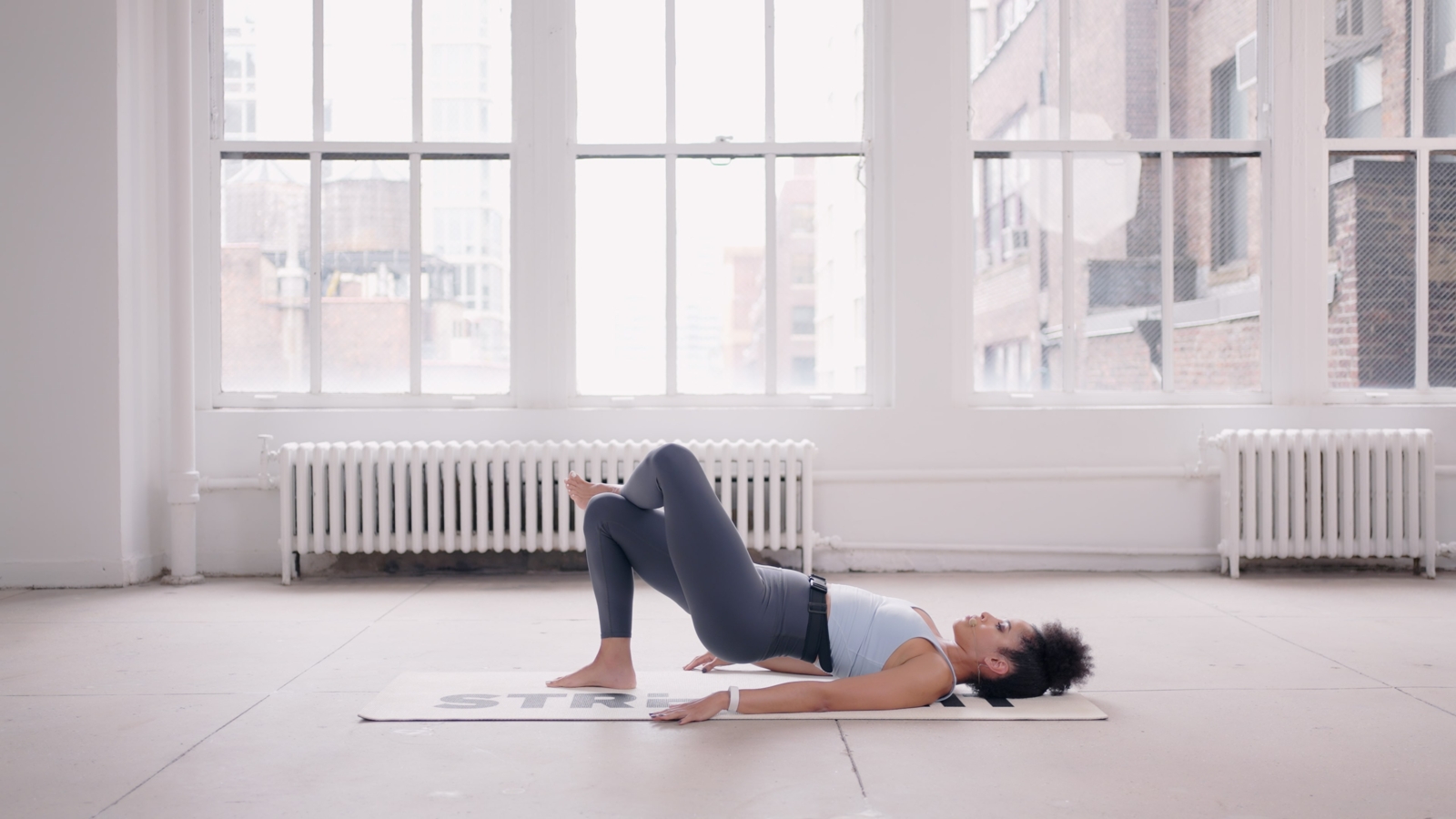
2. Side-Lying Leg Lifts
-
Lie on one side with legs stacked.
-
Rest your head on your arm for support.
-
Lift the top leg up slowly, then lower with control.
-
Repeat 10–15 times per side.
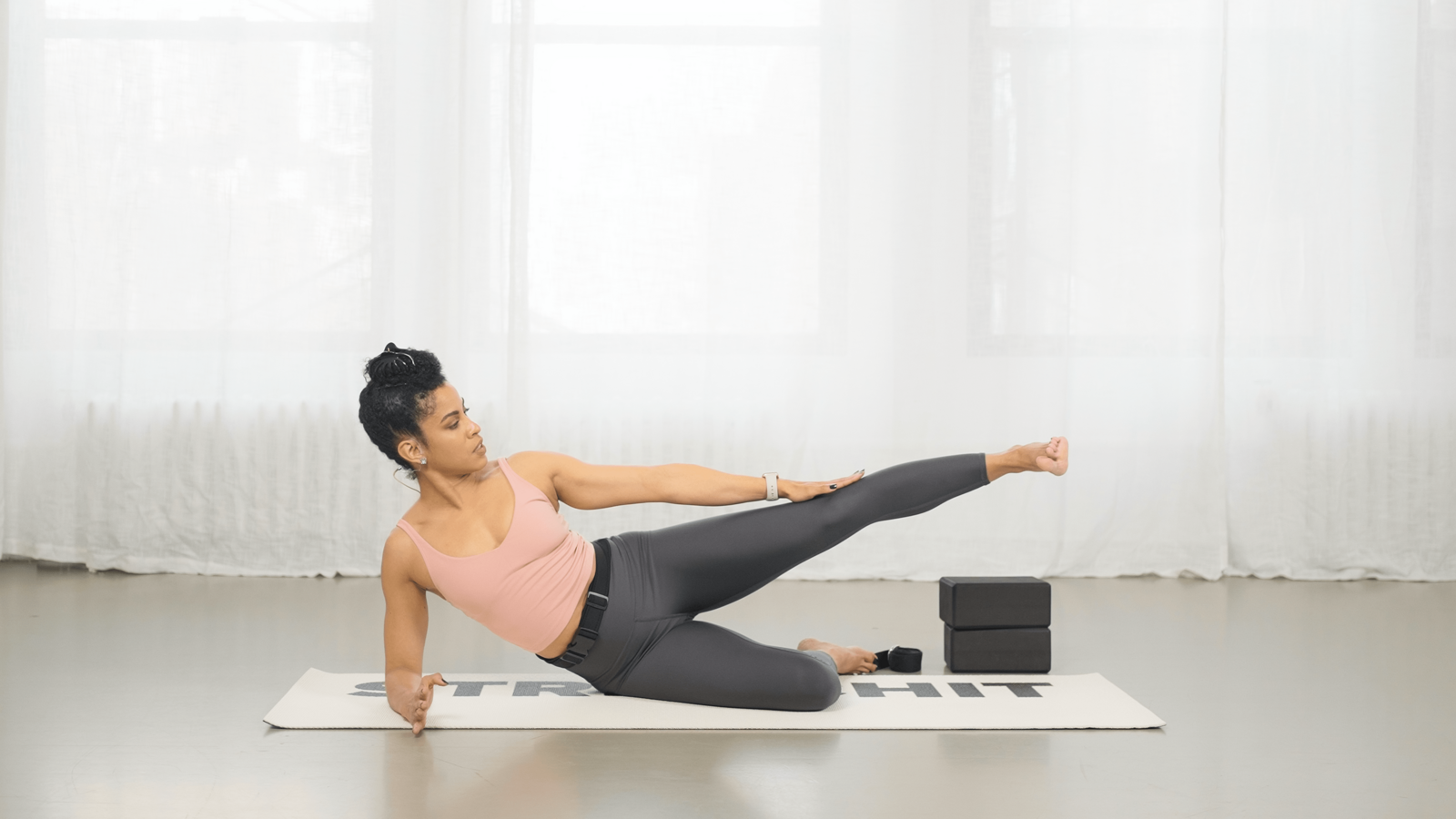
3. Standing Hip Abduction (with or without band)
-
Stand tall and hold a chair or wall for balance.
-
Lift one leg out to the side without tilting your torso.
-
Keep the movement slow and controlled.
-
Repeat 10–12 times per side.
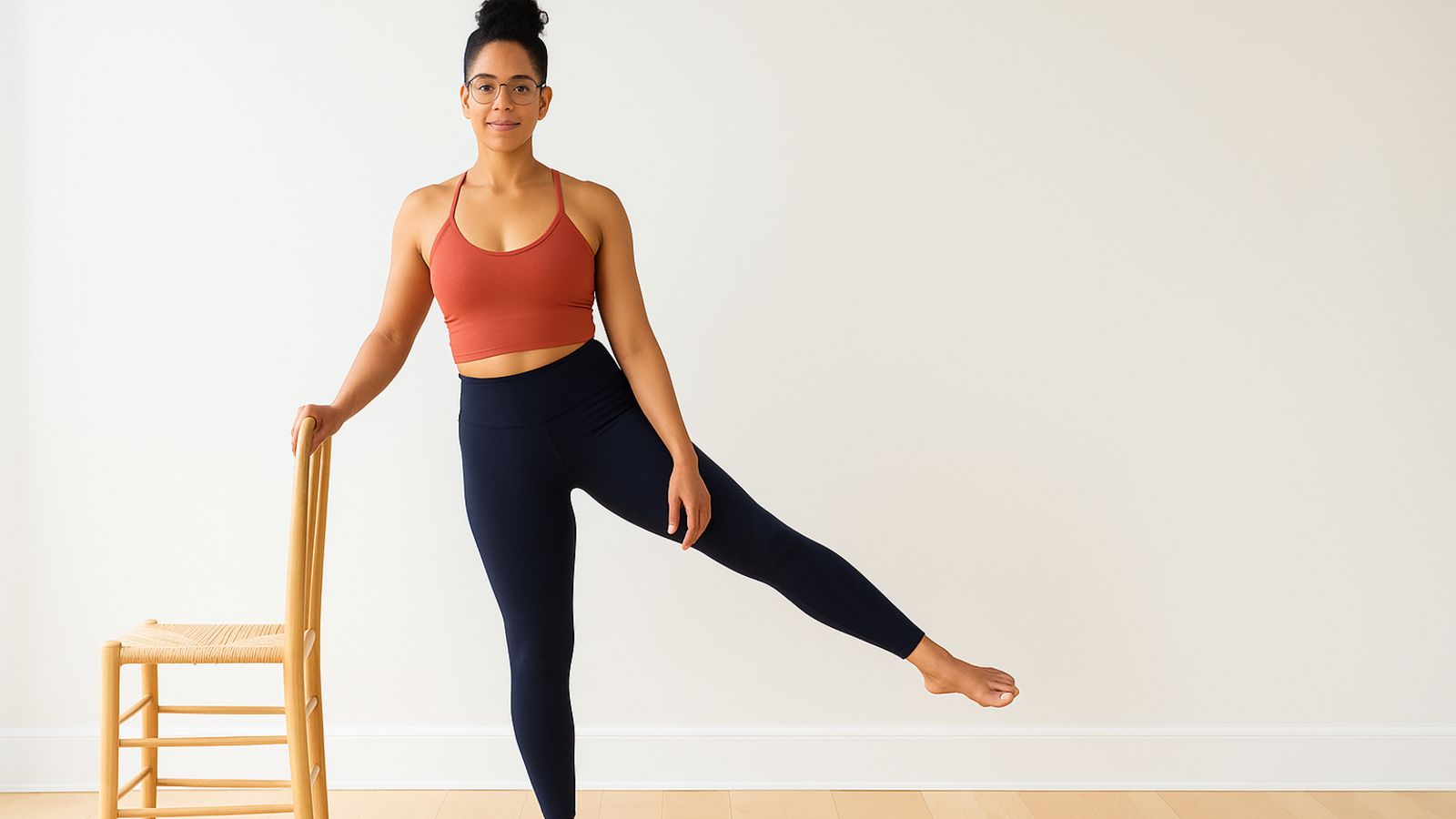
The Bigger Picture
Balancing hip mobility and strength isn’t just for athletes — it’s for anyone who wants to move with ease, sit more comfortably, and protect their back and knees. With regular practice, you’ll feel more stable, more open, and more confident in your movements.
Ready to Move Smarter?
The STRETCHIT app has guided classes that help you build both hip mobility and strength — so you can feel the difference in your posture, daily movements, and workouts.
Try it today and discover how much better balanced hips can feel.
Disclaimer: This article is for educational purposes only and is not medical advice. If you experience hip or back pain, please consult a qualified healthcare provider before making changes to your routine.


